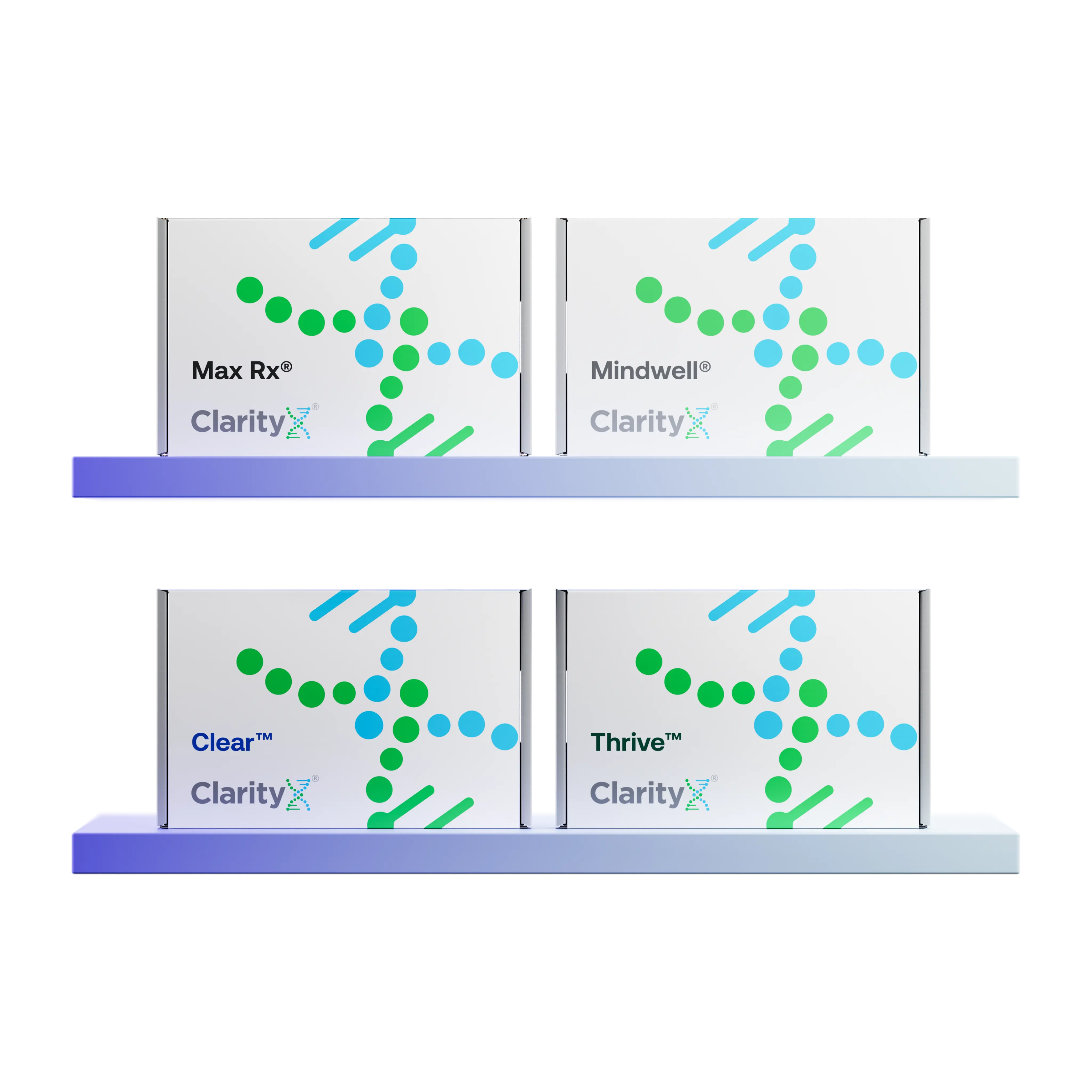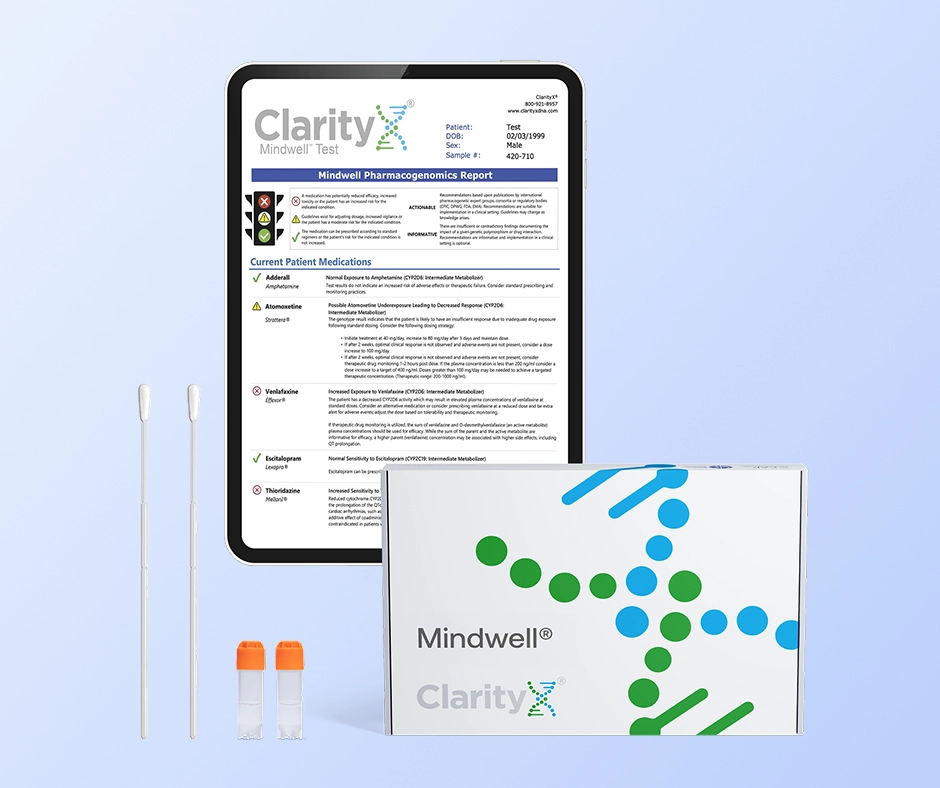Key Highlights
- A panic attack is a sudden surge of overwhelming fear that happens without a clear danger or trigger.
- Common physical symptoms include a racing heart, sweating, trembling, and shortness of breath, which can sometimes feel like a heart attack.
- Having a single panic attack does not mean you have a panic disorder; the disorder involves recurrent attacks and a persistent fear of having more.
- Panic disorder is a type of anxiety disorder that can significantly impact your daily life and overall mental health.
- Recognizing the signs and seeking professional help is a crucial step toward managing symptoms and improving your quality of life.
Introduction
Have you ever experienced a sudden, overwhelming wave of fear that seemed to come from nowhere? This could be a panic attack, a frightening event that can leave you feeling shaken and out of control. Understanding the signs and symptoms is the first step toward managing these episodes and protecting your long-term mental health. This guide will walk you through what a panic attack feels like, how it differs from anxiety, and why recognizing the symptoms is crucial, especially if they lead to panic disorder.
Overview of Panic Attacks and Their Impact
A panic attack is a sudden episode of intense discomfort or fear that peaks within minutes. These attacks can happen unexpectedly, even waking you from sleep, and can occur as frequently as several times a day or as rarely as a few times a year.
When these attacks become recurrent and you start to worry intensely about having another one, you may be developing panic disorder. This condition can cause you to change your daily routines to avoid triggers, which can seriously affect your quality of life.
Definition of a Panic Attack
A panic attack is characterized by a sudden wave of intense fear or a sense of losing control, even when no real danger is present. Your body's natural survival instincts are triggered, creating a "false alarm" that results in powerful physical and emotional reactions. It’s a deeply unsettling experience that can make you feel like something catastrophic is happening.
The symptoms are numerous and can be overwhelming. You might experience a pounding heart, sweating, trembling, chills, or difficulty breathing. Many people also report feeling weak, dizzy, or having tingly or numb hands. These sensations are often accompanied by a fear of death or a sense of impending doom.
It is important to remember that not everyone who has a panic attack will develop a disorder; an isolated attack is not considered a mental health condition. However, understanding what is happening to your body is the first step toward managing these frightening events.
How Panic Attacks Affect Daily Life
The impact of panic attacks extends far beyond the moments they occur. A major part of panic disorder is the intense worry about when the next attack will happen. This constant "fear of the fear" can become a central focus of your daily life, disrupting your normal routines.
You might start to actively avoid places where you've had a panic attack in the past. This avoidance can limit your social life, affect your performance at work or school, and strain your relationships. The world can start to feel smaller as you try to prevent another episode. This cycle of fear and avoidance can severely diminish your quality of life, which is why addressing the condition is so important for your overall mental health.
Recognizing Early Warning Signs of a Panic Attack
While a core feature of a panic attack is its sudden onset, some people notice subtle warning signs before an attack reaches its peak. Learning to recognize these cues can give you a chance to use coping strategies and potentially reduce the episode's intensity.
These early indicators can be both physical and emotional. Paying close attention to your body and thoughts can help you identify your personal patterns. Below, we'll look at the specific physical signs and emotional shifts that might signal a panic attack is starting.
Physical Signs to Watch For
Before a full-blown panic attack, your body might send out subtle distress signals. These physical symptoms can begin quietly and build in intensity. You might notice a slight but sudden change in how you feel, which is often the first clue that your anxiety is escalating toward panic. Being mindful of these shifts is a key step in gaining more control.
Some of the early physical signs to watch for include:
- A noticeable increase in your heart rate
- Feeling suddenly warm and sweaty, or getting chills
- Minor trembling or shaking in your hands or limbs
- A slight tightness in your chest or a feeling of shortness of breath
Emotional and Behavioral Indicators
Alongside physical cues, your emotional state can provide warnings. Feelings of anxiety can start as a low hum and grow into an overwhelming sense of panic. This growing unease is often connected to the "fear of fear" itself, the dread of another attack. Your thoughts may start to race, and you might feel increasingly detached from your surroundings. These emotional shifts are a significant part of the panic cycle.
Key emotional and behavioral indicators to be aware of include:
- An intense worry about when the next panic attack will happen
- A fear or avoidance of places where previous attacks occurred
- A growing sense of being out of control or on edge
Common Symptoms of Panic Attacks
During a panic attack, your body experiences a rush of intense physical symptoms. This happens because your body's "fight-or-flight" response is activated, even without a real threat. These symptoms can feel extremely frightening and often peak within a few minutes.
While the experience varies from person to person, several common signs define a panic attack. The following sections explore two of the most alarming symptom clusters: those affecting your heart and your breathing.
Rapid Heartbeat and Chest Discomfort
One of the most terrifying physical symptoms of a panic attack is its effect on your heart. You may experience a sudden, dramatic increase in your heart rate, which can feel like your heart is pounding out of your chest. This racing heart is often accompanied by discomfort or pain in your chest area.
These symptoms are so intense that many people believe they are having a heart attack. This fear can escalate the panic, creating a vicious cycle. It's one of the main reasons people experiencing a first-time panic attack seek emergency medical care.
Common heart-related symptoms include:
- A pounding or racing heart
- Chest pain or tightness
While these sensations feel dangerous, it's crucial to know that in the context of a panic attack, they are not life-threatening.
Shortness of Breath and Dizziness
Another hallmark of a panic attack is the overwhelming feeling that you can't breathe. You might feel like you are choking or suffocating, which naturally triggers more alarm and fear.
This difficulty with breathing can lead to other physical symptoms, such as weakness, dizziness, or lightheadedness. Some people also experience tingling or numbness in their hands and feet. These sensations add to the feeling of being out of control and can make the experience even more frightening.
Key symptoms related to breathing and balance are:
- Trouble breathing or a feeling of choking
- Weakness, dizziness, or feeling faint
- Tingly or numb hands
These physical symptoms are a direct result of your body's panic response and are central to the challenges of managing panic attacks and protecting your mental health.
Panic Attack Symptoms Versus Anxiety Attack Symptoms
People often use the terms "panic attack" and "anxiety attack" interchangeably, but they describe different experiences. A key difference is that a panic attack is sudden and intense, often occurring without a clear trigger. In contrast, anxiety usually builds gradually and is linked to a specific worry or stressor.
The symptoms of a panic attack are typically more severe and disruptive than those associated with general anxiety. Understanding this distinction is helpful for getting the right diagnosis and treatment.
Key Differences in Physical Sensations
Physical symptoms are a major differentiator. Sensations during a panic attack are abrupt, severe, and often feel catastrophic. They include a sudden spike in heart rate, chest pain, and a sense of choking that can make you feel like you are in immediate physical danger.
Anxiety, on the other hand, presents with physical symptoms that are typically less intense and more persistent, such as muscle tension, fatigue, restlessness, or trouble sleeping over a longer period. While uncomfortable, these symptoms do not usually carry the same sense of impending doom.
This table highlights the main differences:
Recognizing these differences is key to understanding whether you are dealing with panic disorder or another type of anxiety disorder.
Distinct Emotional Experiences
The emotional landscape of a panic attack is starkly different from that of general anxiety. During a panic attack, you are gripped by overwhelming feelings of panic and terror. A powerful fear of death, losing control, or impending doom is a defining characteristic.
These feelings are often detached from your reality, making the experience feel surreal. The emotional intensity is compressed into a short, sharp burst, often leaving you feeling drained and shaken afterward.
In contrast, anxiety is typically tied to worry about future events, potential threats, or specific stressors. While this worry can be persistent and distressing, it doesn't usually involve the same acute sense of terror found in a panic attack. Addressing these distinct emotional experiences is a vital part of any mental health treatment plan.
Personalizing Treatment with Pharmacogenetic (PGx) Testing
A vital part of any mental health treatment plan often involves medication, but finding the right one can feel like a frustrating "trial-and-error" process. This is where pharmacogenetic (PGx) testing offers a modern, personalized approach.
In simple terms, a PGx test is a non-invasive DNA test, typically done with a simple cheek swab. ClarityX offers the Mindwell® test. It analyzes specific genes to understand how your body metabolizes (processes) certain medications, including many of the antidepressants (like SSRIs) and anti-anxiety drugs used to treat panic disorder.
Instead of guessing, your doctor can use this genetic insight to:
- Identify which medications are more likely to be effective for you.
- Pinpoint which drugs might have a higher risk of causing side-shaping side effects.
- Potentially reduce the time it takes to find a treatment that works.
This information empowers you and your healthcare provider to make a more informed decision from the very beginning, helping to shorten the path to relief.
Conclusion
Recognizing the symptoms of panic attacks is crucial for managing this distressing experience. Understanding these physical and emotional signs empowers you to respond promptly and seek help. Remember, you are not alone in this struggle.
If you or someone you know is experiencing these symptoms, reach out for professional guidance. Your mental well-being is important, and taking this proactive step can make a significant difference in your life.
Frequently Asked Questions (FAQ)
Do Panic Attacks Cause Fainting or Loss of Control? While a panic attack can make you feel like you are about to faint or lose control, it is extremely rare for this to actually happen. The feeling itself is a symptom of the intense fear you are experiencing. If you are concerned about these sensations, it's always best to talk to a health care provider, who can rule out other conditions and discuss treatment options.
How Long Do Panic Attack Symptoms Usually Last? The most intense symptoms of a panic attack usually peak within 10 minutes. The entire episode can last from a few minutes up to an hour, though you may feel shaken or uneasy for some time afterward. The frequency of attacks varies from person to person.
What Should I Do If I Experience Panic Attack Symptoms? If this is your first time, it's important to seek medical evaluation from a health care provider to rule out other serious conditions, like a heart attack. Once diagnosed, effective treatment options are available, including talk therapy (like Cognitive Behavioral Therapy) and medication. A provider can help you find the tools and support you need to manage your symptoms.
Resources:
https://clarityxdna.com/products/mindwell
https://clarityxdna.com/blog/learn/pharmacogenetic-testing-unlocking-personalized-medicine/
https://www.psychologytoday.com/gb/blog/theory-knowledge/201503/fear-and-the-fear-fear
https://www.webmd.com/mental-health/mental-derealization-overview
https://www.ebsco.com/research-starters/science/self-preservation-survival-instinct
https://www.verywellmind.com/what-is-the-fight-or-flight-response-2795194






